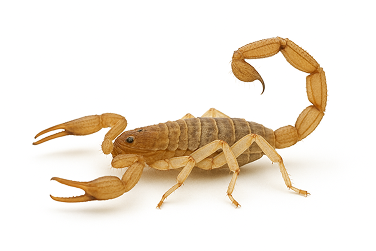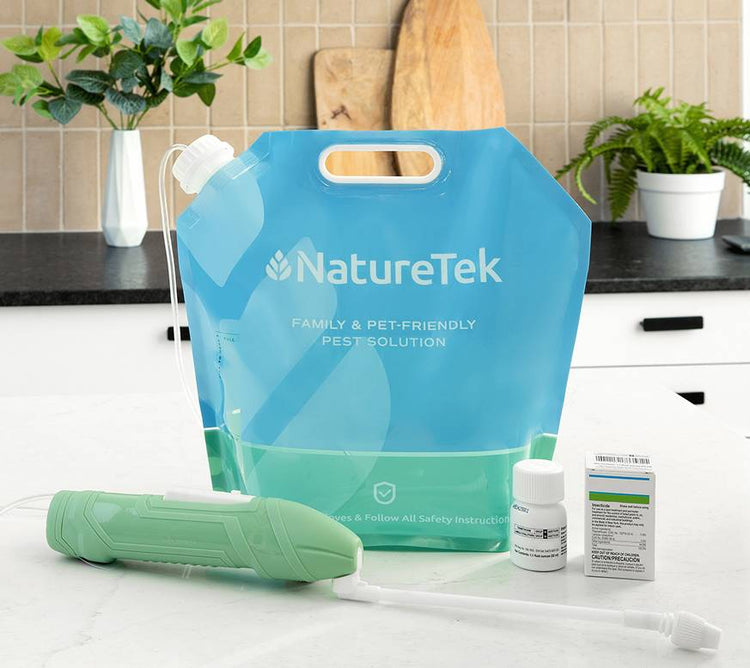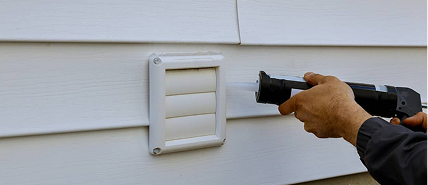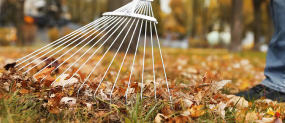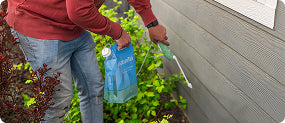Scorpions
Scorpions are venomous arachnids found in warm, dry regions of the United States, with stings that can cause pain, allergic reactions, and, in rare cases, serious medical issues. They often hide in dark, sheltered areas, posing a risk to homeowners, children, and pets. This guide provides essential steps to prevent and eliminate scorpions, keeping your home safe.

Here are some of the most common scorpion species found across households in the United States.
-
Arizona Bark Scorpion

-
Desert Hairy Scorpion

-
Giant Hairy Scorpion

-
Striped Bark Scorpion


Antennae: None; instead, they have specialized pedipalps (claw-like pincers) for grasping prey.
Size: Varies by species, typically ranging from 1 to 7 inches in length.
Body Shape: Elongated, segmented body with a distinct head, midsection, and a curled tail ending in a venomous stinger.
Color: Usually tan, brown, or black, though some species may have yellowish or reddish hues.
Legs: Eight legs, like other arachnids, adapted for crawling on rough surfaces.
Pincers: Large, claw-like pedipalps used for hunting and defense, varying in size depending on the species.
Tail: Long, segmented, and curved over the back, ending in a venomous stinger used for self-defense and hunting.
Glowing Effect: Under UV light, scorpions glow a bright blue-green due to compounds in their exoskeleton.
You can use the following model to help you identify an arizona bark scorpion .
